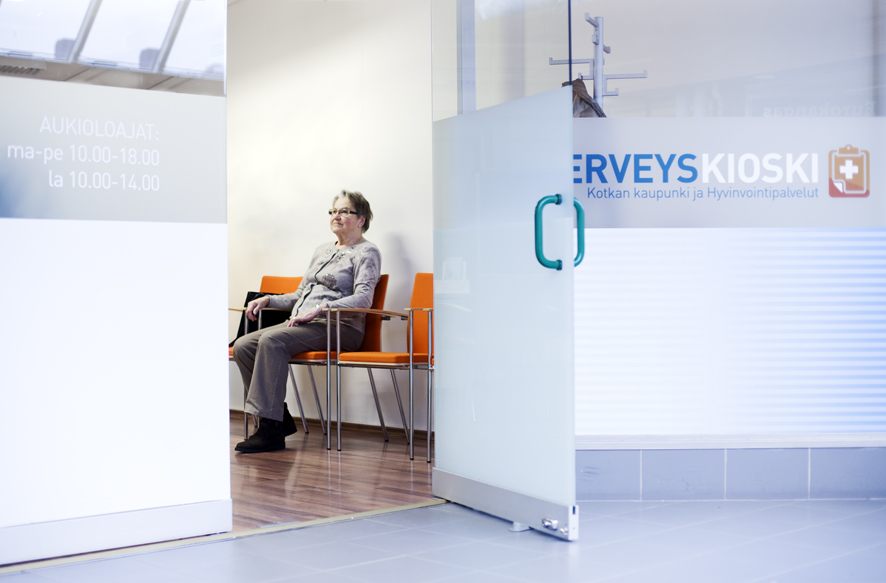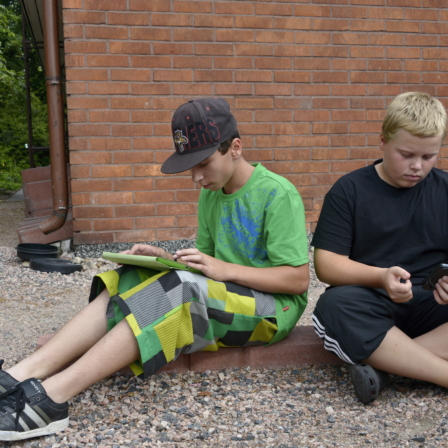Sometimes you need to look far to see close. Finland is a country of innovation, but we would be wise to realise that despite huge regional differences between societies and the way they function, in the main we all face the same challenges.
Finland does not have a monopoly on the problems of an ageing population, marginalised youth and long distances. How do the Swedes cope with all of this? Or the Americans? There is no point in re-inventing the wheel if you can benchmark, copy, borrow, or sometimes even buy, the solution you need from someone who thought of it first. The key is to identify solutions that fit Finnish society, do some piloting and customising, and then begin disseminating the solutions for wider use.
In the late 1980s, Sitra practically imported venture capital investing to Finland from the US. Back then, other European countries had few examples to offer. In recent years, intriguing models and approaches have been available in the healthcare sector, for example. The first low-threshold Health Kiosk was opened in a shopping centre in Ylöjärvi in summer 2009, and there are now around 30 across Finland. This concept is based on an American example, the Retail Clinic.
A closer look was taken at the Estonian X-Road system, for solving compatibility issues with the Finnish public administration’s e-services. X-Road is built on the idea of providing a seamless data exchange layer for transferring registered data between the information systems of multiple organisations. This was an undertaking by the Ministry of Finance, in which Sitra played an important role by bringing the concept to Finland and assisting with its practical application within our society.
The most recent example of borrowed ideas, still in its test phase, is the Dutch concept, Verwijsindex, a nationwide reference indexfor use in outreach youth work. This is a shared information system and operating model for professionals working with young people, including teachers, school nurses, social and youth workers and the police. All of these professionals can use the reference index’s “flagging” process to express their concern about a young person with whom they come into contact. When information on concerns voiced by a single professional go no further, if another professional “flags up” the same young person, the parties concerned will get to know of each other and be able to move the process forward using specific procedures. This system is designed for detecting and solving potential problems at the earliest possible stage. As part of preventive social work, a pilot of the Finnish version of the reference index system began in Mikkeli in spring 2014.





Recommended